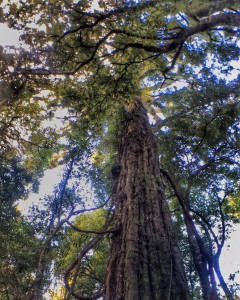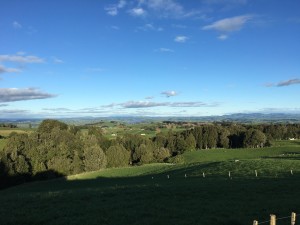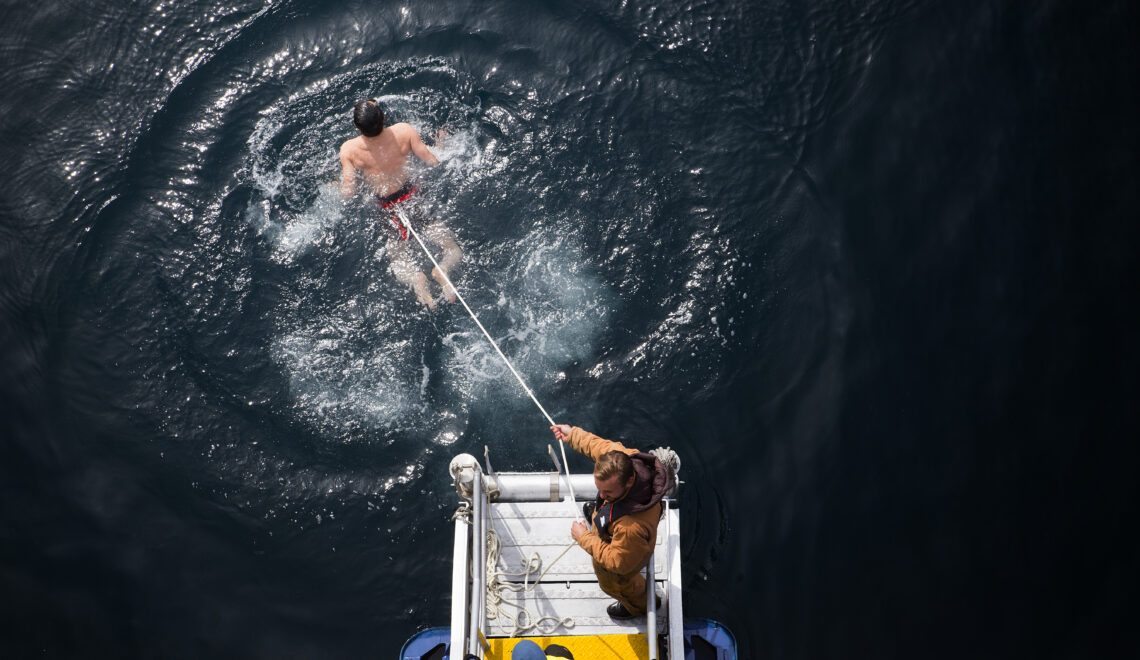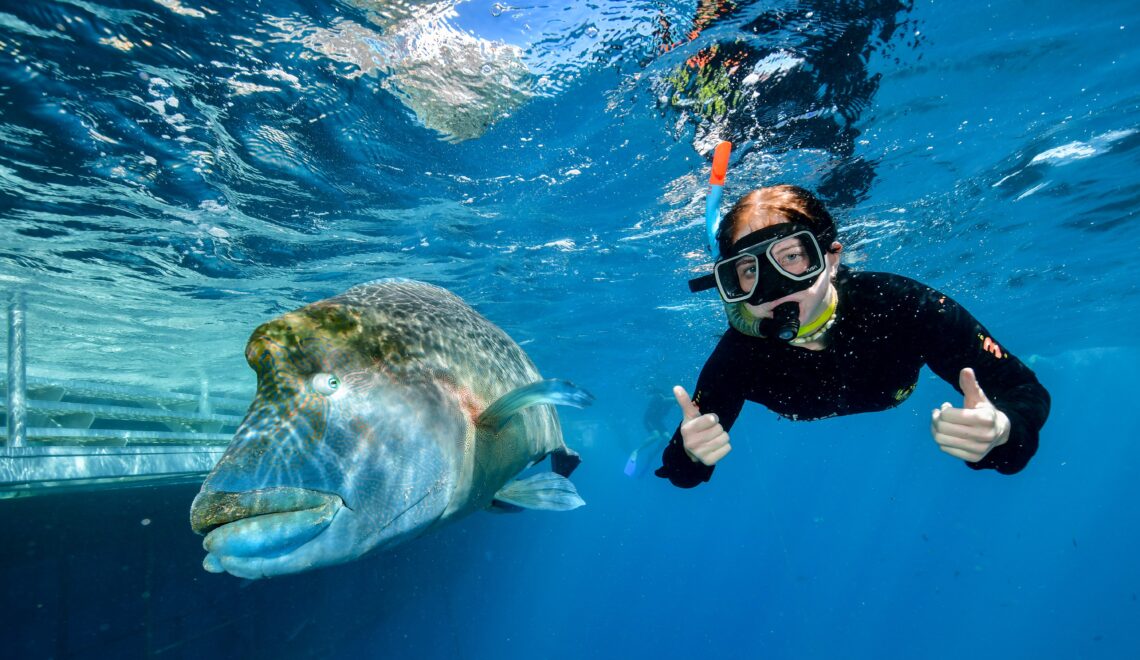Amanda Sanchez, North Carolina State University’s Sustainability in New Zealand student blogger, writes:
New Zealand is known for its large farms and rolling green hills bathed in golden sunshine, as portrayed in the Lord of the Rings movies. However, the land has not always looked so picture perfect. Before human settlement, the island had developed unique plant and animal species, but since colonization, these have become threatened by massive deforestation.
 To study this change, we visited Maungatautari Ecological Reserve, an intensive preservation effort that has restored a mountain to natural, native habitat. The dense forest and immense trees stand out boldly against the extensive farmland on North Island. Here, 700-year-old trees offer sanctuary for rare birds such as the North Island kaka (mountain parrot) and the kereru (giant pigeon). Everything in the reserve is a native species to New Zealand, although it seems like another planet when you step under the massive canopy of the ancient trees.
To study this change, we visited Maungatautari Ecological Reserve, an intensive preservation effort that has restored a mountain to natural, native habitat. The dense forest and immense trees stand out boldly against the extensive farmland on North Island. Here, 700-year-old trees offer sanctuary for rare birds such as the North Island kaka (mountain parrot) and the kereru (giant pigeon). Everything in the reserve is a native species to New Zealand, although it seems like another planet when you step under the massive canopy of the ancient trees.
 The incredible capability of humans is evident in the contrasting environments seen at Maungatautari Ecological Reserve. Although humans have only inhabited New Zealand for around 700 years, the entire country has seen major environmental changes. Forests such as that at Maungatautari used to cover the land, where farmland now stretches to the horizons. These changes threaten unique endemic species, such as the kaka, which evolved undisturbed on the island.
The incredible capability of humans is evident in the contrasting environments seen at Maungatautari Ecological Reserve. Although humans have only inhabited New Zealand for around 700 years, the entire country has seen major environmental changes. Forests such as that at Maungatautari used to cover the land, where farmland now stretches to the horizons. These changes threaten unique endemic species, such as the kaka, which evolved undisturbed on the island.
Maungatautari Ecological Reserve was an eye opening experience, as it called attention to human impacts that have nearly eliminated such amazing plants and animals from New Zealand. However, the incredible work of the reserve also brings hope for the future, as more species can flourish under careful protection.









